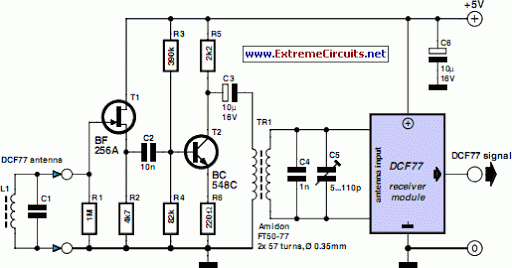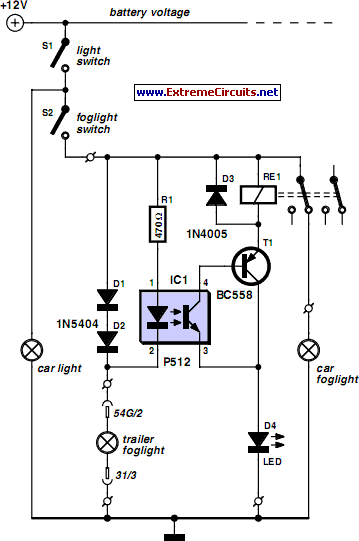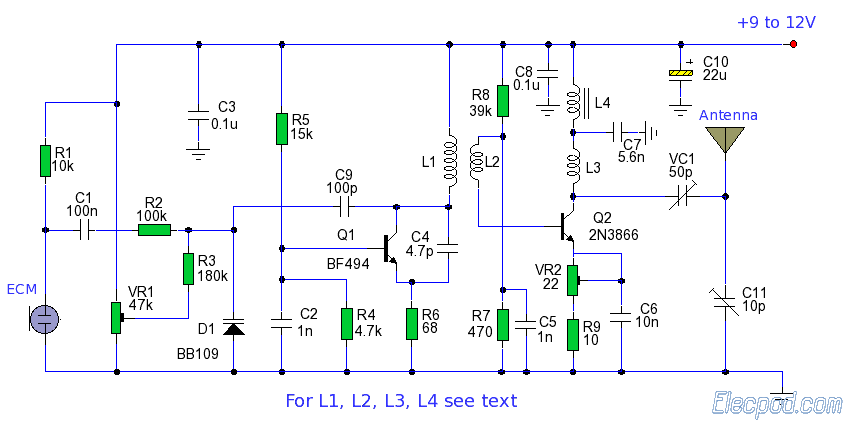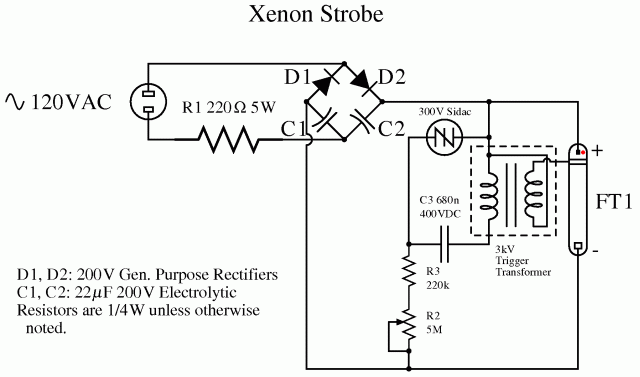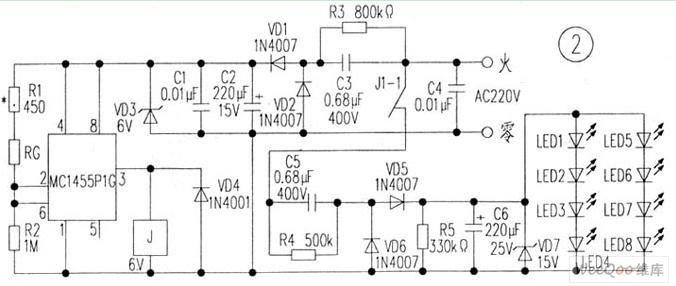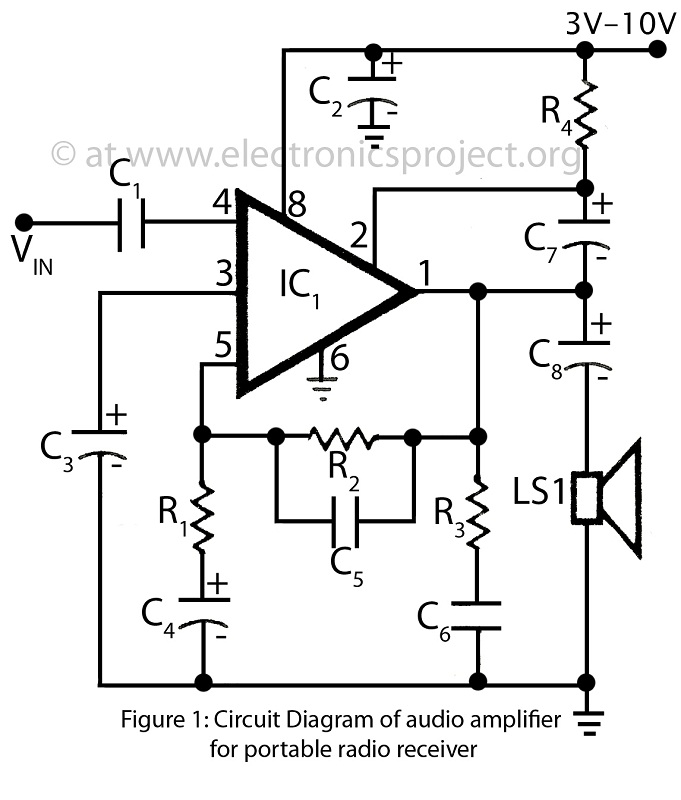
Feeding CB and Ham radio audio into the aux circuit
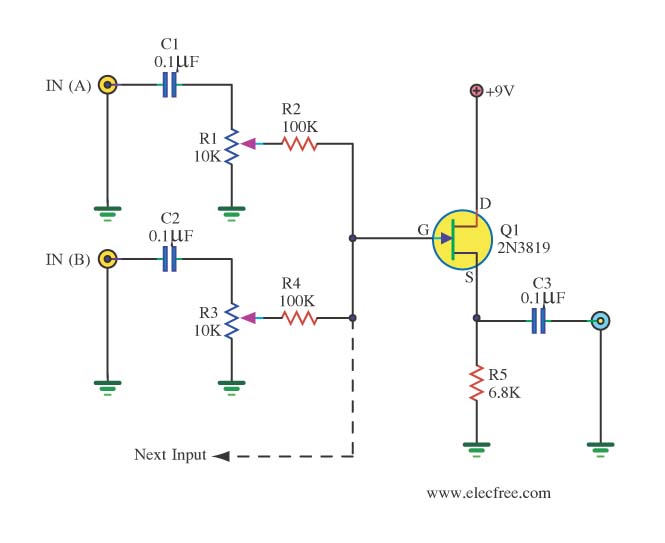
The audio from each radio will be connected to the iPod audio output and vice versa. This setup alters the impedance and can affect sound levels, potentially damaging the audio circuits of one or more radios involved. It is suggested that resistors may not be sufficient for this application. Each audio output needs to be isolated from one another, similar to how factory audio systems require switching inputs to avoid multiple audio outputs being fed into the system simultaneously. A capacitor could be used on each output for this purpose. In aviation applications, blocking diodes are utilized, but this approach will be explored further after prototyping. Many audio systems, such as microphone mixers and DJ systems, can mix two audio outputs to one amplifier. The aim is to develop a cost-effective mixer that combines two radio outputs into one speaker.
To create a functional audio mixer that connects two radio outputs to a single speaker, it is essential to address impedance matching and signal isolation to prevent damage to the audio circuits. The proposed design will incorporate capacitors at each output to ensure that the audio signals remain isolated, effectively blocking DC components while allowing AC audio signals to pass. This method will prevent interaction between the outputs, which could lead to distortion or damage.
Additionally, the use of blocking diodes can provide further protection by ensuring that signals do not back-feed into the radiating devices. Each radio output will be connected through a capacitor to the input of a summing amplifier, which will combine the audio signals. The summing amplifier can be configured using operational amplifiers (op-amps) to maintain a low output impedance, allowing for effective driving of the connected speaker.
To enhance the design, a volume control mechanism may be integrated, allowing for independent adjustment of each radio's contribution to the final audio output. This could be achieved using potentiometers placed before the summing amplifier inputs. Furthermore, if desired, a low-pass filter can be included to reduce high-frequency noise, ensuring a cleaner audio output.
The final schematic will consist of two input channels, each with a capacitor, followed by a summing amplifier stage, and a single output channel leading to the speaker. This design will ensure that the audio signals from the radios are mixed effectively while maintaining the integrity of each signal and protecting the audio circuits from potential damage.You`ll feed the audio from each radio into the ipod audio output, and vice versa. which changes the impedance and affects the sound levels (along with possibly damaging the audio circuit of one or all of the radios involved). I`m no expert, by I don`t think the resistors will do the job. You need to isolate each audio output from each other - just like the way the factory audio requires you to switch inputs to prevent more than
one audio output being fed into the system together at any time. You could do that with a capacitor on each output. We use blocking diodes in the aircraft that I work on, but I wont speak on that until I breadboard one up and give it a try. There are many audio systems that mix two audio outputs to an amp. Mic mixers, DJ systems, etc. I don`t want to dig into this that deep, but I honestly think I can build a mixer that will mix to radio outputs to one speaker, and do that without it costing too much.
Not exactly - you`ll feed the audio from each radio into the ipod audio output, and vice versa. which changes the impedance and affects the sound levels (along with possibly damaging the audio circuit of one or all of the radios involved). I`m no expert, by I don`t think the resistors will do the job. You need to isolate each audio output from each other - just like the way the factory audio requires you to switch inputs to prevent more than one audio output being fed into the system together at any time.
🔗 External reference
To create a functional audio mixer that connects two radio outputs to a single speaker, it is essential to address impedance matching and signal isolation to prevent damage to the audio circuits. The proposed design will incorporate capacitors at each output to ensure that the audio signals remain isolated, effectively blocking DC components while allowing AC audio signals to pass. This method will prevent interaction between the outputs, which could lead to distortion or damage.
Additionally, the use of blocking diodes can provide further protection by ensuring that signals do not back-feed into the radiating devices. Each radio output will be connected through a capacitor to the input of a summing amplifier, which will combine the audio signals. The summing amplifier can be configured using operational amplifiers (op-amps) to maintain a low output impedance, allowing for effective driving of the connected speaker.
To enhance the design, a volume control mechanism may be integrated, allowing for independent adjustment of each radio's contribution to the final audio output. This could be achieved using potentiometers placed before the summing amplifier inputs. Furthermore, if desired, a low-pass filter can be included to reduce high-frequency noise, ensuring a cleaner audio output.
The final schematic will consist of two input channels, each with a capacitor, followed by a summing amplifier stage, and a single output channel leading to the speaker. This design will ensure that the audio signals from the radios are mixed effectively while maintaining the integrity of each signal and protecting the audio circuits from potential damage.You`ll feed the audio from each radio into the ipod audio output, and vice versa. which changes the impedance and affects the sound levels (along with possibly damaging the audio circuit of one or all of the radios involved). I`m no expert, by I don`t think the resistors will do the job. You need to isolate each audio output from each other - just like the way the factory audio requires you to switch inputs to prevent more than
one audio output being fed into the system together at any time. You could do that with a capacitor on each output. We use blocking diodes in the aircraft that I work on, but I wont speak on that until I breadboard one up and give it a try. There are many audio systems that mix two audio outputs to an amp. Mic mixers, DJ systems, etc. I don`t want to dig into this that deep, but I honestly think I can build a mixer that will mix to radio outputs to one speaker, and do that without it costing too much.
Not exactly - you`ll feed the audio from each radio into the ipod audio output, and vice versa. which changes the impedance and affects the sound levels (along with possibly damaging the audio circuit of one or all of the radios involved). I`m no expert, by I don`t think the resistors will do the job. You need to isolate each audio output from each other - just like the way the factory audio requires you to switch inputs to prevent more than one audio output being fed into the system together at any time.
🔗 External reference
Warning: include(partials/cookie-banner.php): Failed to open stream: Permission denied in /var/www/html/nextgr/view-circuit.php on line 713
Warning: include(): Failed opening 'partials/cookie-banner.php' for inclusion (include_path='.:/usr/share/php') in /var/www/html/nextgr/view-circuit.php on line 713
